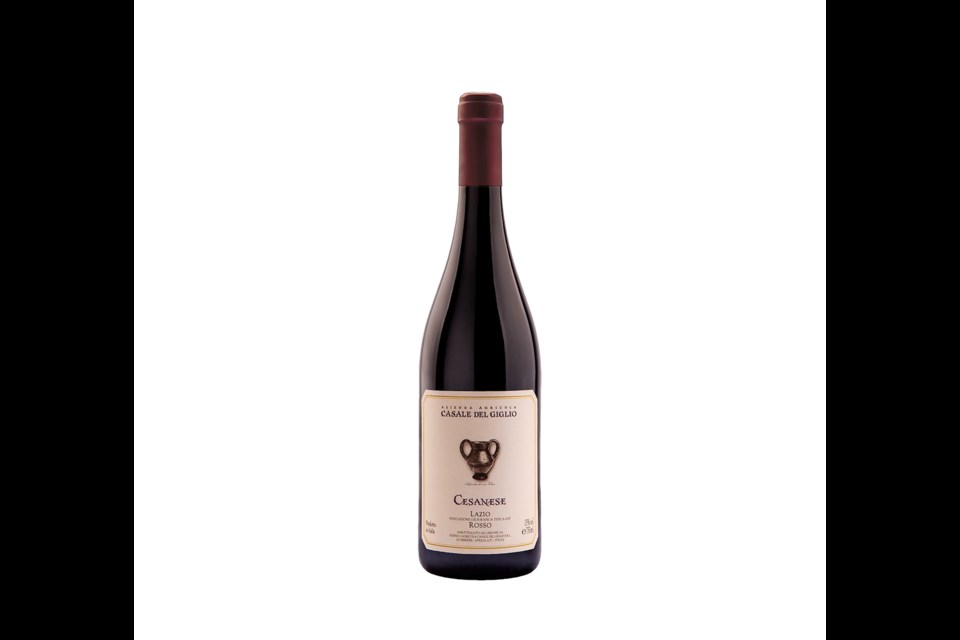Have you ever been to Rome? How about Lazio? Many people would say yes to my first question but almost everyone would say no to the second question. In fact Rome is in Lazio, the wine region surrounding the Eternal City.
There’s a good reason why Lazio has been unknown; its wines were inexpensive and unremarkable. Frascati is perhaps the best known Lazio wine, popular because it was cheap and had alcohol in it.
Another reason for Lazio’s anonymity is that winemaking has been in decline because of urban sprawl and the populations shifted from agriculture to industry.
Fortunately, there has been a very important winery in terms of a quality revolution where quality became more important than quantity: Casale del Giglio. Located south of Rome in the Agro Pontino valley, Antonio Santarelli planted 57 different grapes in the 1980s to discover the best for making wine in Lazio. He grew a variety of indigenous Italian grapes as well as some international grapes such as Chardonnay, Sauvignon Blanc, and Syrah. But the star of them all was a local Lazio red grape, Cesanese.
I had the good fortune to recently taste a 2016 Casale del Giglio Cesanese ($22.99 on sale) at a four course Italian wine dinner at Cioppino’s Mediterranean Grill & Enoteca in Yaletown with Pino Posteraro, Cioppino’s founder and proprietor at the helm. Grace Li of World Wine Synergy who is Casale del Griglio’s agent hosted the event. The purpose was to showcase how a variety of wines from Lazio complemented fine Italian cuisine.
As Italian wine expert, Michaela Morris, explained Cesanese wasn’t an immediate success when it was planted in their estate vineyard by the coast. “It takes a lot to ripen Cesanese. There’s sugar ripeness and Cesanese accumulates a lot of sugar. But what doesn’t ripen quickly are the tannins in the skins. So what ends up happening is you get a wine with a lot of alcohol but a lot of greenness to it,” she said.
So they planted the grapes at Piglio, inland in Lazio in the higher altitude hills. Because the ripening is slower, it puts the brakes on all those sugars and it allows the skins to ripen properly so you get a better balance in the grapes when they are picked.
As Morris describes, “It’s a grape variety where it’s difficult to get the tannins ripe. They’re not massive but what you do find is a lusciousness of texture, and exotic red wine character with spices such as cinnamon, rose, and white pepper.” It was delicious with Cioppino’s Foie Gras Gnocchi Duck Confit with Foie Gras Granita on top!
Other descriptions of Cesanese include medium body, velvety texture, pronounced acidity so it is great with food and can age further, a slight bitterness found in many Italian reds, well balanced, and displaying aromas of marasca cherry and violets.
With Christmas just around the corner, it would be excellent with turkey. The wine is very versatile and able to pair with the different flavours at a Christmas dinner: light meat, dark meat, thick gravy, savoury stuffing, tart and sweet cranberry sauce, and slightly bitter brussel sprouts.
It’s Available at the Brighouse Signature Liquor Store with $2 off the regular price until Dec. 22.
Eric Hanson is a retired Richmond science teacher and a wine enthusiast.



